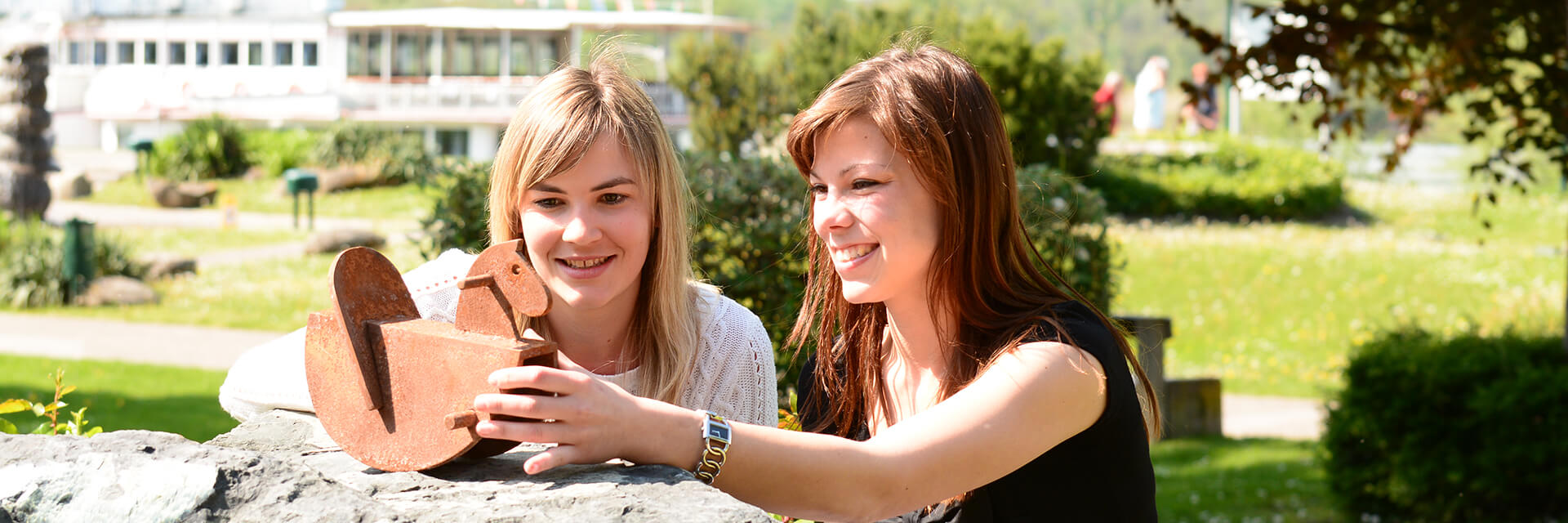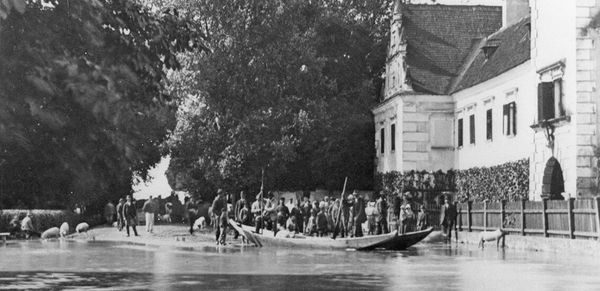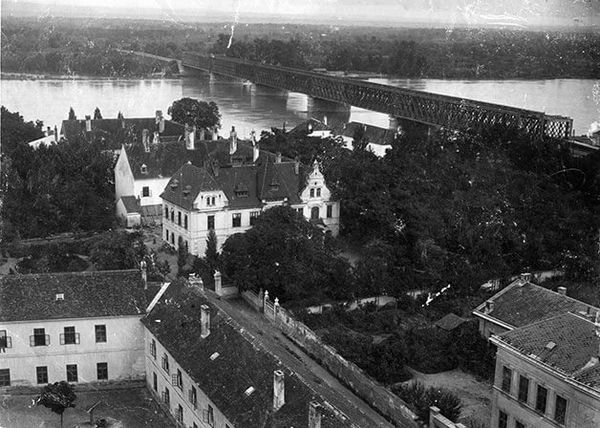Station XI: Roman tower
History of the town or: Egon and the ancient Romans
Here you can find out: Why the ancient Romans settled in Tulln. Where the merchant ships anchored in the Middle Ages. What Egon's family owed to the emperor. And how a flank tower became a salt store.
Start of themed circular route: Tulln main station
Distance: 3.6 km
Duration: approx. 90 min.
Difficulty: easy - barrier-free
Schiele Folder EN
Schiele Folder EN
Tulln had just four thousand inhabitants when Egon was at school. Not a large town. But an important place. Because in the narrow alleyways along the old town wall, you can feel history with your hands. It has stood here for almost 2,000 years, the "Roman Tower", which the people of Tulln call their "Salt Tower". It was built by the master builders of the Roman fort Comagenis, from whose battlements you can watch over the entire Tullnerfeld. More than 1,000 horsemen were on duty here in the first century AD. They controlled a militarily important ford across the Danube. They protected the Noric Limes, the northern border of the Roman Empire, from barbarian invasions. And engaged in lively trade with the farmers who lived around the fort.
[Translate to English:]
Steadfast and unshakable.
Four hundred years later after the Rugii campaigns, the fort was evacuated by order of Odoacer. The sizable ten-meter-high flanking tower remained. Its walls are nearly a meter thick. As part of the old city fortifications, it is steadfast and unshakable. However, the settlement had lost its significance as a Roman outpost along with the soldiers. It was not until the Middle Ages that Tulln experienced another period of prosperity as a trading center on the water. Far and wide, there was no better ford to cross the Danube. The big market square attracted merchants from all over to the Tulln Basin. And the mighty tower was used to keep the landing stage safe for ferries and trading vessels.
![[Translate to English:] Vollständig erhaltener Römerturm, um 1918 [Translate to English:] Vollständig erhaltener Römerturm, um 1918](/fileadmin/_processed_/2/4/csm_11_Roemerturm_img319_628px_komp.jpg_5fa0fd9b4f.jpg)
[Translate to English:] Fully preserved Roman tower, ca. 1918
Baby premiere at the station.
But the Danube ships are slow. And crossing the ford on small rafts is dangerous. The Roman tower has long been used by the townspeople as an arsenal and salt store. Then the Kaiser-Franz-Josefs-Bahn made Tulln once again an important transportation hub in the Austro-Hungarian monarchy. An iron railroad bridge spans the river. The town becomes a district capital. And once again a trading center. Egon's father owes his promotion to stationmaster of Tulln to the imperial order to extend the railroad line. Egon was the first baby to be born directly at the station in 1890 - in the large staff apartment with a view of the platforms.
Click here for an excerpt from the video "The Roman Limes in the Tullnerfeld".
[Translate to English:]
General plan



